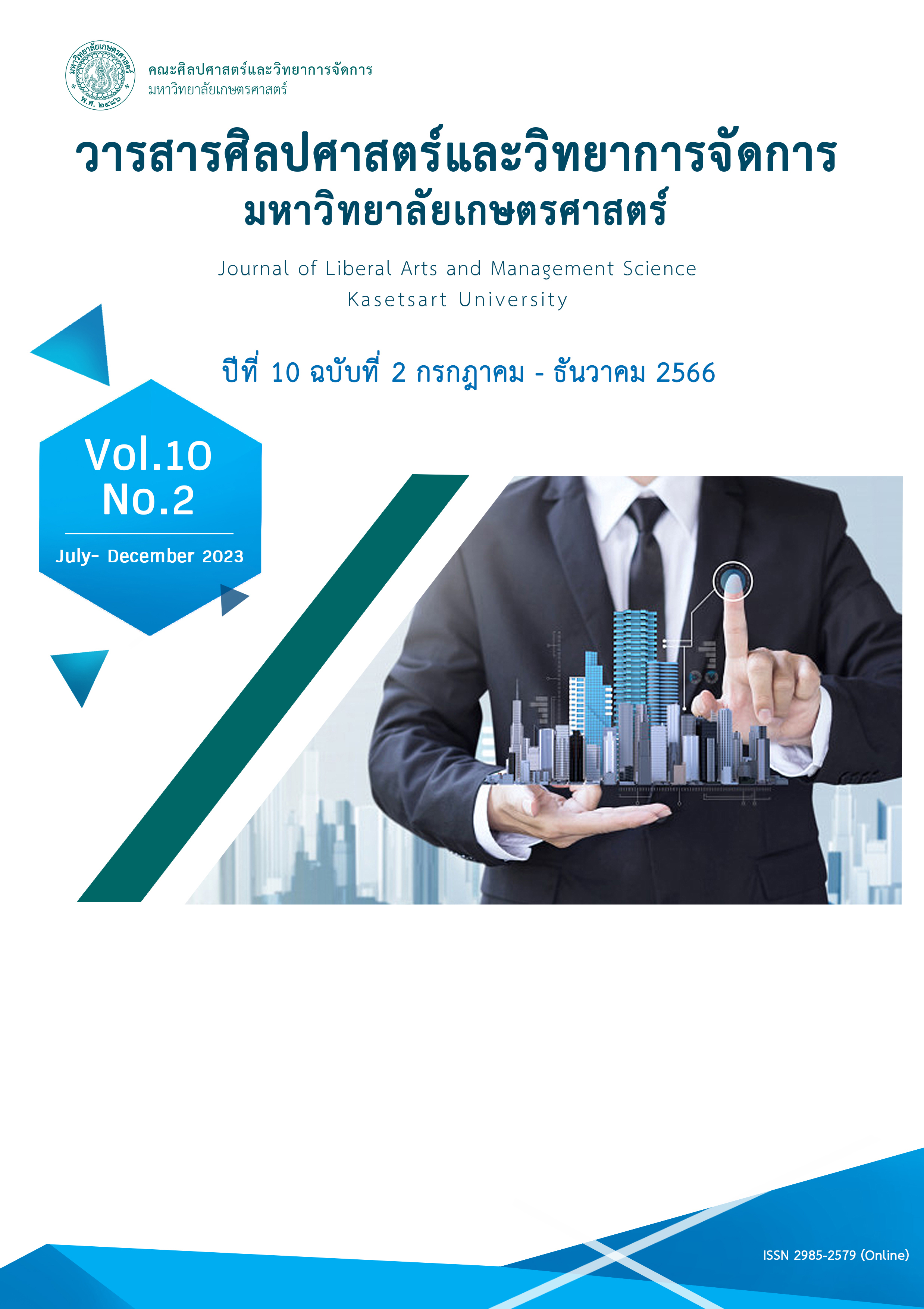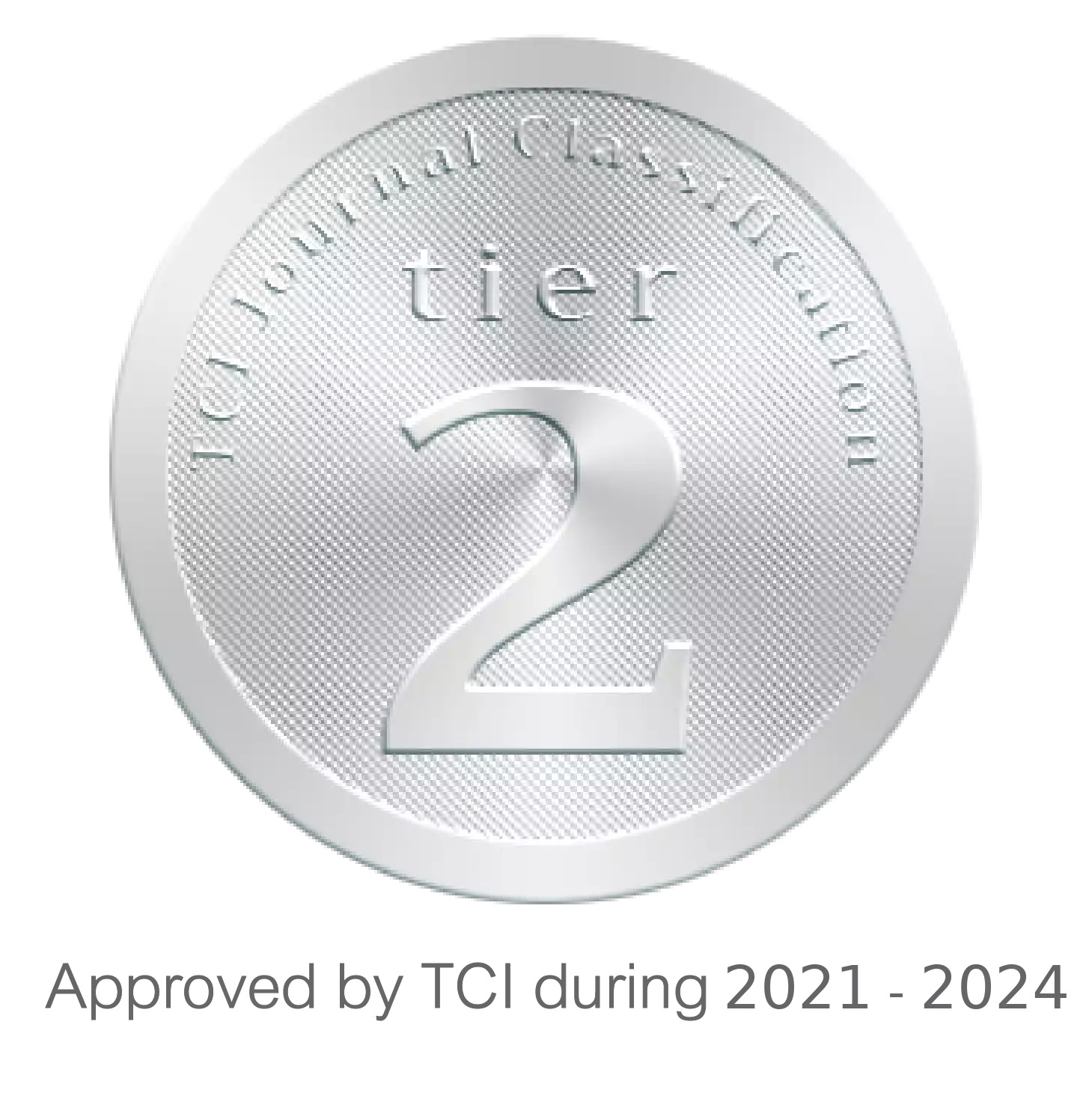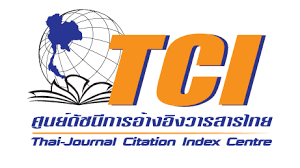ACHIEVEMENTS TO DEVELOP THE POTENTIAL FOR THE PRODUCTION AND PROCESSING OF LIVESTOCK PRODUCTS BASED ON SCIENCE AND TECHNOLOGY IN THE SOUTHERN BORDER REGION
Keywords:
potential of production and processing, livestock products, southern border regionAbstract
The purpose of this research is to evaluate the achievement of developing potential in the production and processing of livestock products with science and technology in the southern border region. It is mixed-methods research. The population used in this research is three group of stakeholders consisting of farmers or entrepreneurs in the three southern border provinces, consisting of Yala Province, Narathiwat Province, and Pattani Province. There were 1,305 people participating in the performance, service providers 5 people and 30 customers, using the CIPP model as an evaluation framework and relying on open-ended and closed-ended questionnaires. A structured interview was included as a tool for data collection and analysis, with descriptive statistics and contextual description. The results of the study found that achievements in developing potential in the production and processing of livestock products based on science and technology in the southern border region. The overall score was at a good level, with an average score of 4.22. The scores for each aspect were classified as follows: In terms of the context factors, the evaluation results were at a good level, with an average score of 4.24. In terms of input factors, the evaluation results were at a good level, with a score level of 4.16. As a process aspect, the evaluation results were at a good level, with an average score level of 4.04. In terms of products that occur, the evaluation results were at a good level, with an average score level of 4.44.
Downloads
References
Al-Ghaswyneh, O. F. M. (2023). Marketing in the livestock sector and its impact on food security in Saudi Arabia. Journal of Business & Industrial Marketing, 38(5), 1191–1202.
Boonmasongsung, D. T., Inthasang, C., Tungsawat, S., & Tanimkarn, P. (2011). The influence of the marketing orientation and the entrepreneurial orientation on product innovativeness on marketing performance. Journal of Liberal Arts and Management Science Kasetsart University, 8(1), 1-14.
Department of Livestock Development, Ministry of Agriculture and Cooperatives. (2022). Annual report B.E. 2564. Bangkok: Division of Planning, Department of Livestock Development.
Fonseca, L., Carvalho, F., & Santos, G. (2023). Strategic CSR: Framework for sustainability through Management Systems Standards-Implementing and Disclosing Sustainable Development Goals and Results. Sustainability, 15(15), 11904. https://doi.org/10.20944/preprints202306.1030.v1
Gittins, P., & McElwee, G. (2023). Constrained rural entrepreneurship: Upland farmer responses to the socio-political challenges in England's beef and sheep sector. Journal of Rural Studies, 104, 103141.
Itair, M., Hijazi, I., Qanazi, S., Zaidalkilani, S., & Issa, A. (2023). Localizing sustainable development goals in strategic development planning procedures. Case study: Local development planning manual for the Palestinian cities and towns. An-Najah University Journal for Research-B (Humanities), 37(8), 1491-1526.
Khonpikul, S., Jakrawatana, N., Sangkaew, P., & Gheewala, S. H. (2017). Resource use and improvement strategy analysis of the livestock and feed production supply chain in Thailand. International Journal of Life Cycle Assessment, 22(11), 1692–1704.
May, T. (2011). Social research (4th ed.). Berkshire: Open University Press.
National Economic and Social Development Plan No. 12 B.E. 2560 - 2564. (2016, December 30). Royal Thai Government Gazette, Volume 133, Section 115 A, 1.
National Strategy B.E. 2561 - 2580. (2018, October 13). Royal Thai Government Gazette, Volume 135, Section 82 A, 1-74.
Pirsalami, F. A., & Shirzadi, E. (2023). Regional deterrence, strategic challenges, and Saudi Arabia's missile development program. Digest of Middle East Studies, 32(4), 281-299.
Salawu, E. Y., Airewa, I., Akerekan, O. E., Afolalu, S. A., Kayode, J. F., Ongbali, S. O., ... & Edun, B. M. (2023). Condition monitoring of farm machinery, a maintenance strategy for a sustainable livestock production: A review. In E3S Web of Conferences, Vol. 430, (p. 01227). EDP Sciences.
Sari, A. I., & Purnomo, S. H. (2022). Community participation in utilizing livestock waste biogas to support sustainable energy development. International Journal of Sustainable Development & Planning, 17(3). 841-848.
Shikur, Z. H. (2023). Assessment of the relationships between livestock production policies implementation and knowledge integration for the promotion of food security in Ethiopia. Cogent Food & Agriculture, 9(1), 2249038. https://doi.org/10.1080/23311932.2023.2249038
Stufflebeam, D. L. (1993). The CIPP model for program evaluation. In G. F. Madaus, M. S. Scriven & D. L. Stufflebeam (Eds.), Evaluation Models. Boston: Kluwer-Nijhoff Publishing.
Tambi, N. E. (2001). Analysis of household attitudes toward the purchase of livestock products and fish in Cameroon. Agricultural Economics, 26(2), 135-147.
Wichean, A., & Sungsanit, M. (2022). Factors influencing the intentions to adopt technology of the Broiler Farmer in Livestock Region 3, Thailand. Trends in Sciences, 19(1), 1707. https://doi.org/10.48048/tis.2022.1707
Zirufo-Briones, B. V., & Pelegrín-Entenza, N. (2023). Model for the strategic governance of the integrated and sustainable local development of the Portoviejo Canton in the Province of Manabí, Ecuador. Sustainability, 15(19), 14136. https://doi.org/10.3390/su151914136







